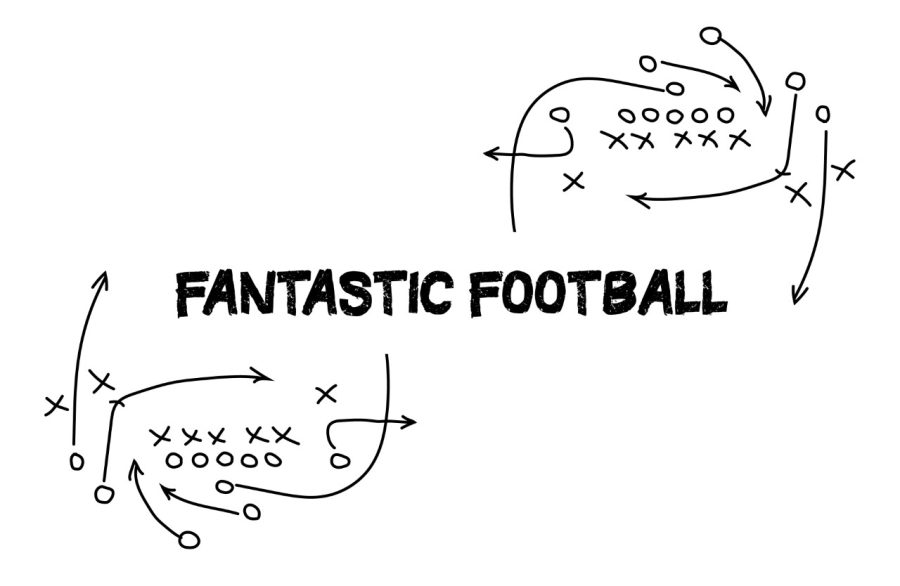Fantastic Football
Football: the proper way
Photo by Marisa Valdez
In true stereotypical American fashion, I have spent the semester writing about a sport that, outside of the United States, refers to something completely different.
All across the world, football, otherwise known in the U.S. as soccer, refers to a game in which players can use only their feet, chest or head to move the ball. Unlike American Football, players can move the ball in any direction.
Of course, like any game, there are slightly more complicated rules than that, but the gist of it is quite simple.
For the sports-esque girl that I was in elementary school or lack thereof, the original game of football was not my strong suit.
I remember playing games of pee-wee soccer at age 6 while my dad was still coaching my team of first-grade friends. They were still teaching us the positions to stand in at the start of the game.
My dad, or ‘coach’ during game time, would reiterate over and over to our posse of first-grade girls, to not ever be scared of the ball.
Despite my reassurance to him that I definitely was not, I would apologize to every opposing team member whose shot I obscured even in the slightest.
Given my history with the sport, you can imagine my shock when I heard college students murmuring about the FIFA World Cup for the first time back in November.
Curiosity got the best of me. Two weeks later, I was officially following the ongoings of the World Cup.
Before we get into specifics of the ongoing competition, there’s some background behind the hype.
The 2022 World Cup is currently taking place in Qatar. Competition has been ongoing since Nov. 20 and will continue until the final game on Dec. 18.
The World Cup consists of a total of 64 games.
Here’s what the hype is all about: the World Cup occurs based on a quadrennial cycle, so unlike the seasonal American football, traditional football fans only get their superfan moment every four years.
The first FIFA World Cup took place in 1930 in Uruguay and then occurred every four years until 1938. At this time, it was halted due to World War II.
World Cup competition resumed in 1950 and has been played on the quadrennial cycle ever since then.
One of the biggest reasons for this is that the World Cup qualification process is based on years of competition between worldwide teams.
This qualification competition ultimately leads up to the current stage in the World Cup, the semifinals.
After a game filled with 17 yellow cards, Argentina was able to beat the Netherlands 4-3 on penalties last Friday, Dec. 9 in the World Cup quarterfinals.
After pulling off this quarterfinals win, Argentina will show up in the first round of the World Cup semifinals against Croatia on Tuesday, Dec. 13 at 1 p.m.
The World Cup tournament will continue until the third-place playoff occurs on Saturday, Dec. 17, and the final game of the cup is played on Sunday, Dec. 18.
The next FIFA World Cup competition will take place as the second jointly-held world cup occurring between the U.S., Mexico and Canada in 2026.
Schoenemann can be reached at [email protected].

Claire Schoenemann is a third-year geology and integrated strategic communication student and this is her fifth semester on The Spectator staff, but her first as the OP/ED Editor. When she's not reading or writing, she enjoys hiking and looking at rocks.

